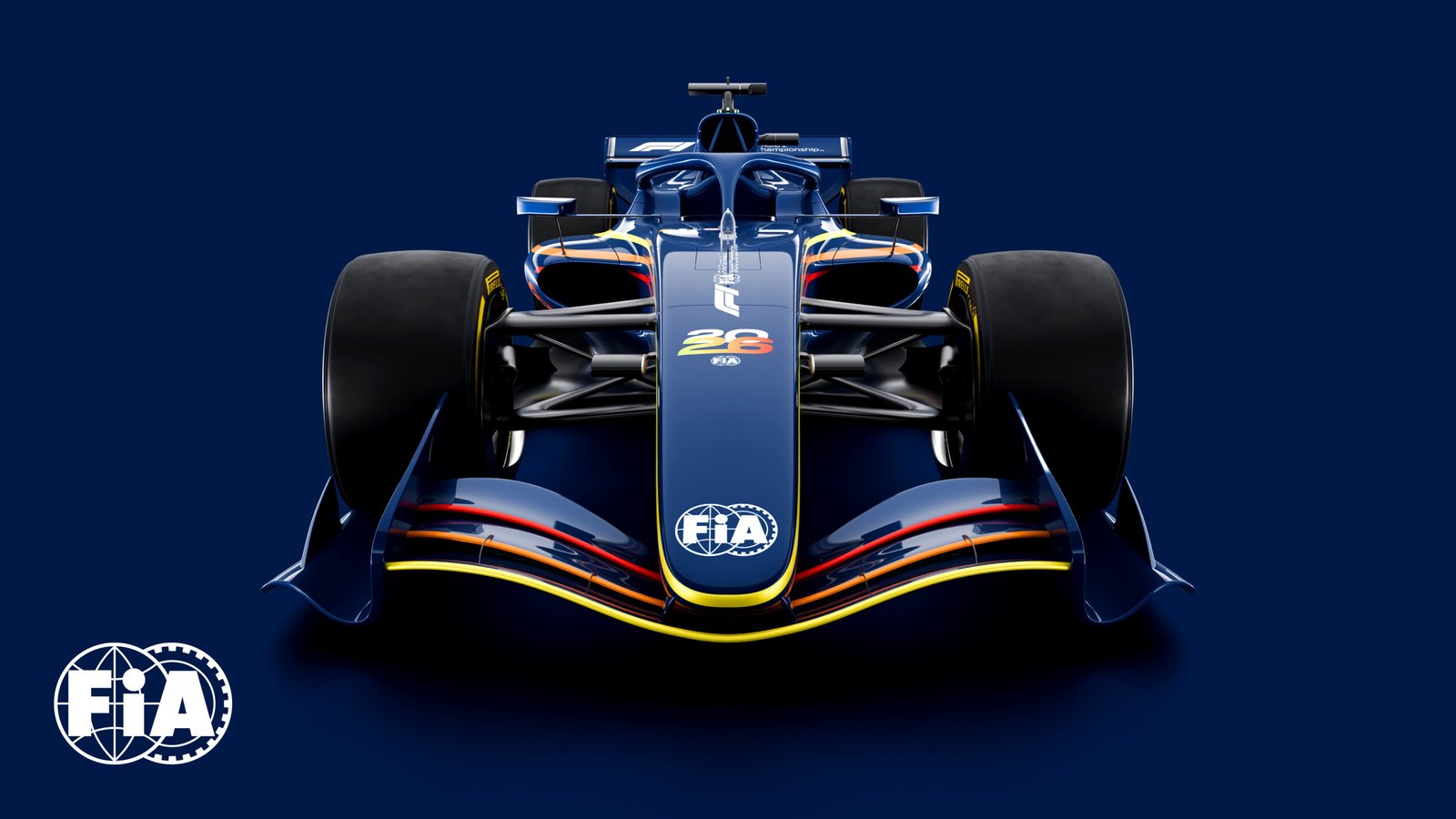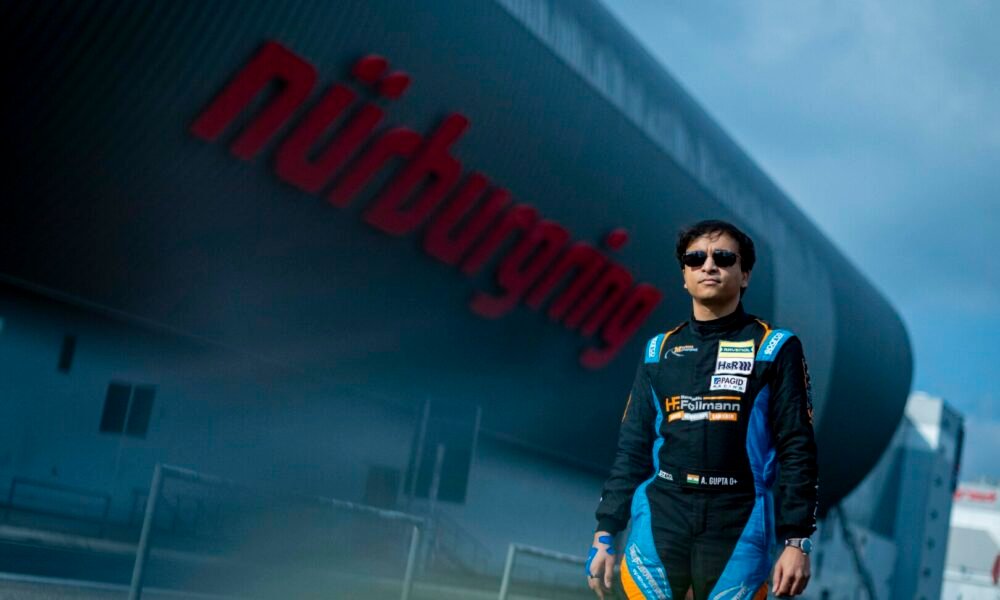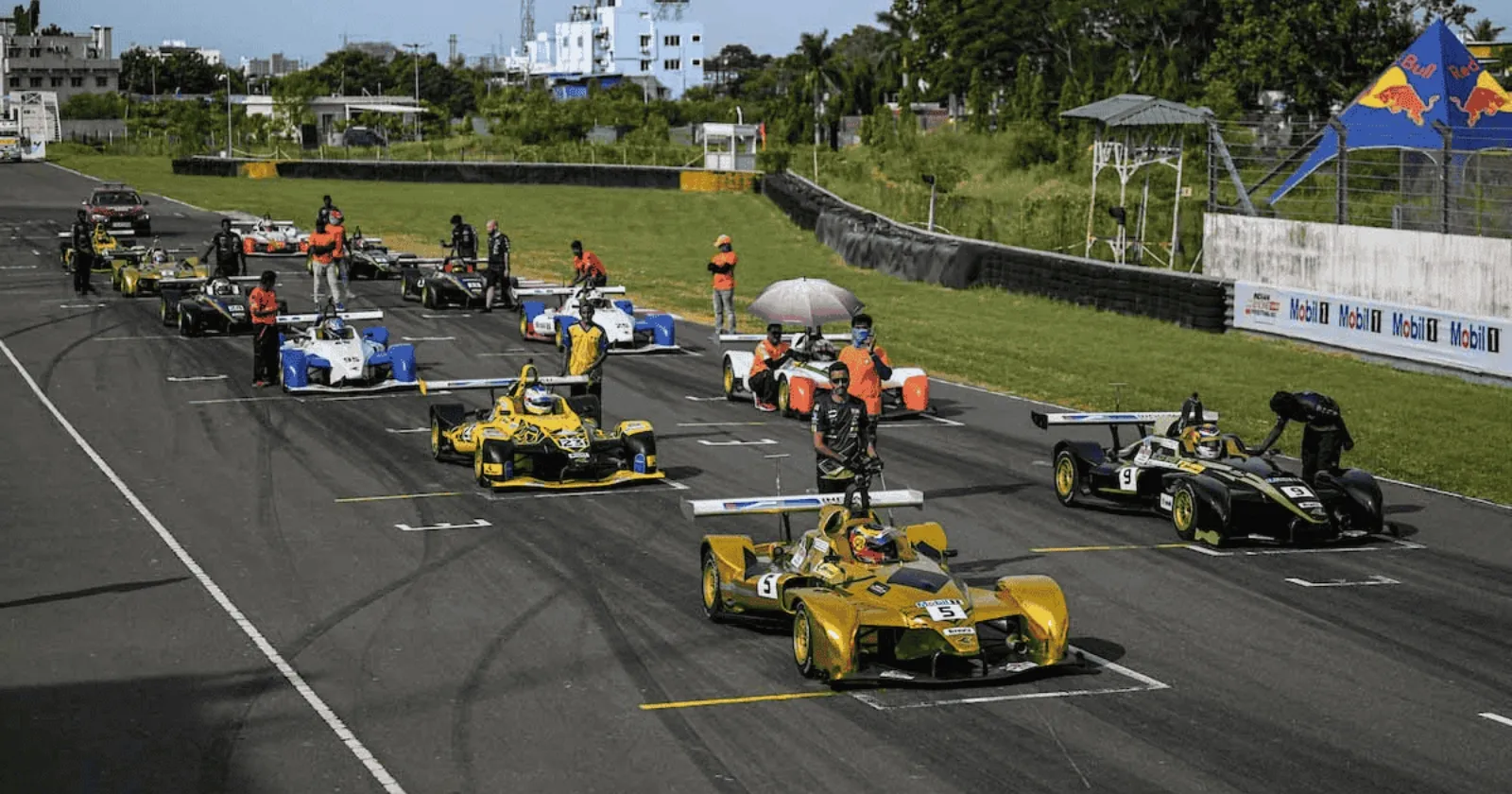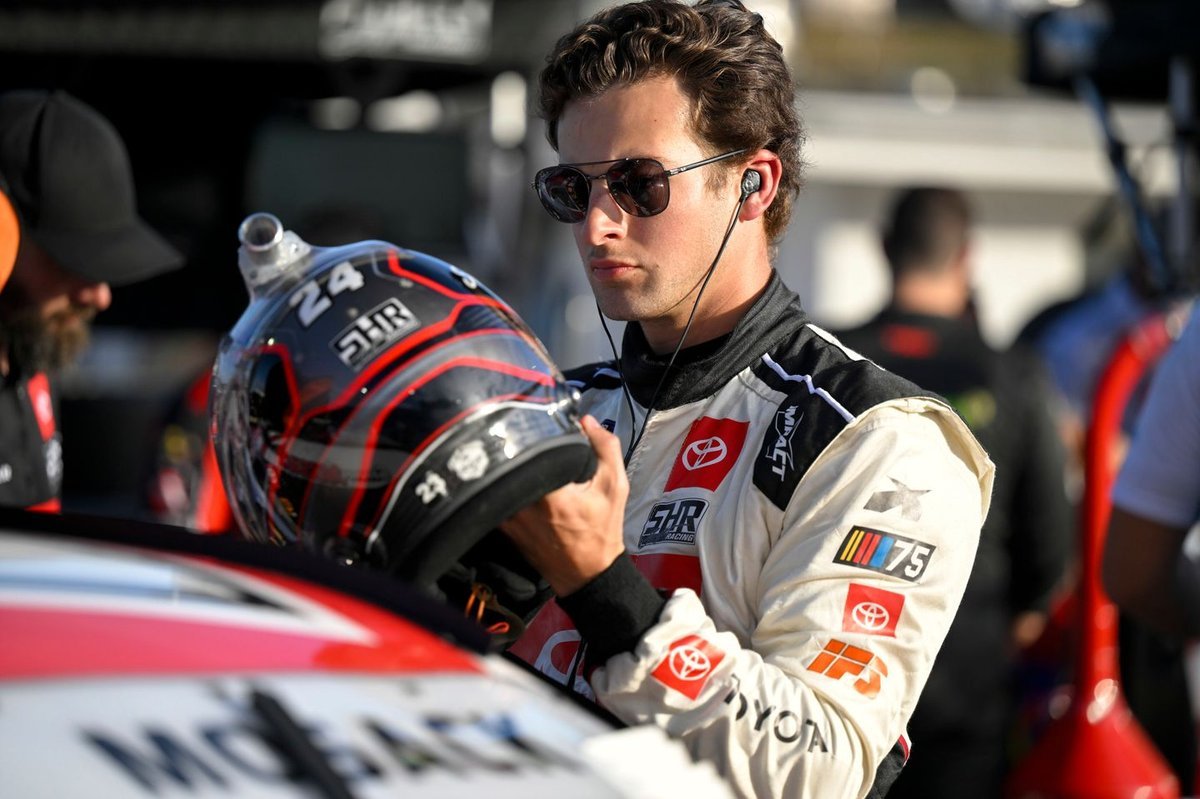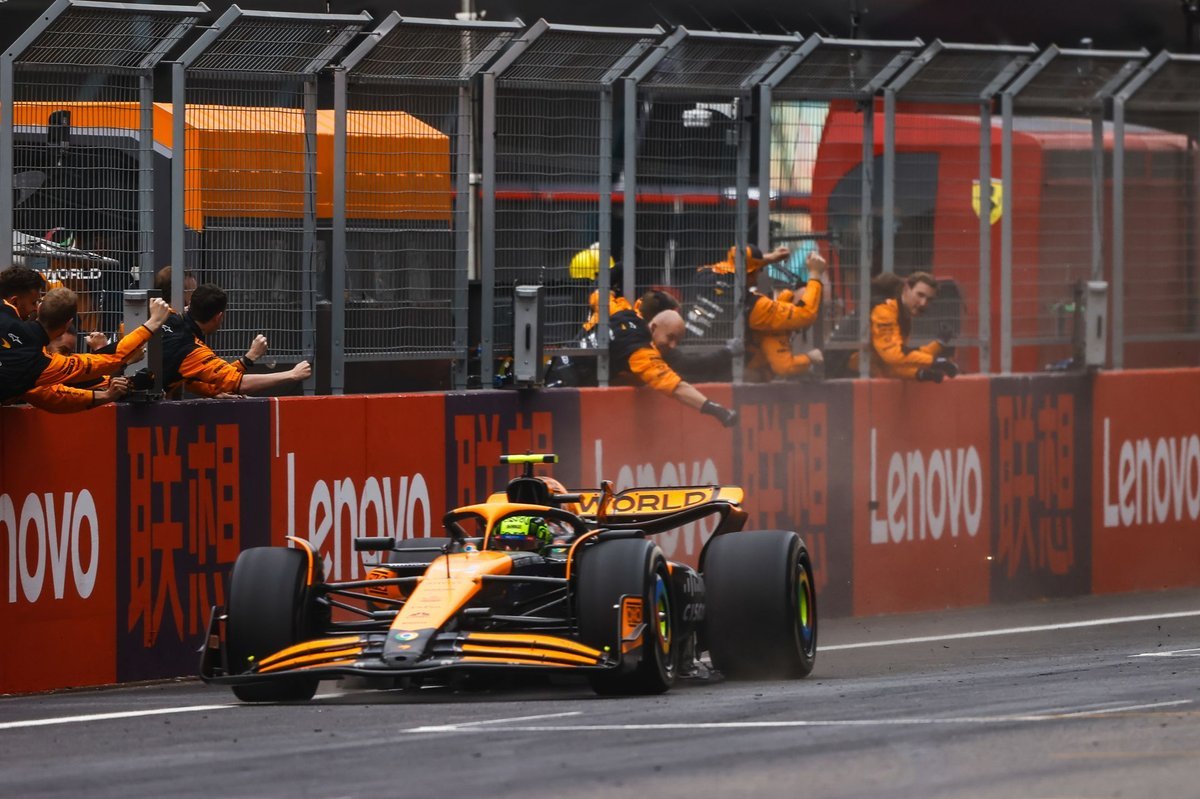Formula 1’s governing body, the FIA, has introduced a groundbreaking set of regulations for 2026 and beyond, promising a revolution in the sport with more agile, competitive, safer, and sustainable cars.

The FIA has announced a groundbreaking set of regulations for Formula 1 starting in 2026, aimed at making the sport more agile, competitive, safer, and sustainable. These changes promise to transform the landscape of Formula 1, enhancing both performance and environmental impact.
Key Features of the 2026 Regulations:
1. Lighter, More Agile Cars: The new regulations will see cars that are 30kg lighter, improving their agility and on-track performance. The maximum wheelbase will be reduced by 200mm to 3400mm, and the width will be cut by 100mm to 1900mm. Downforce will be reduced by 30%, and drag by 55%.
2. Advanced Power Units: The redesigned power units will feature an even split between internal combustion and electric power, with a significant increase in battery power. These units will run on 100% sustainable fuels, contributing to F1’s goal of reaching Net Zero Carbon by 2030. The battery element will increase from 120kw to 350kw, almost a 300% rise in electric power, while energy recuperation during braking will double to 8.5 MJ per lap.
3. Active Aerodynamics: New movable front and rear wings will enhance aerodynamics, allowing for closer racing and greater overtaking opportunities. This system will offer low drag on straights and high downforce in corners, switching configurations to optimize performance based on track conditions.

4. Enhanced Overtaking System: A new feature will provide drivers with a short burst of additional battery power when within one second of the car in front, facilitating more overtaking opportunities and making races more exciting.
5. Improved Safety: The regulations include stronger structures and tougher tests to enhance driver safety. Revised front impact structure rules with a two-stage nose design and more stringent side intrusion rules will provide better protection around the driver and fuel cell area.
6. Increased Manufacturer Commitment: The new regulations have attracted a record number of power unit manufacturers. Existing suppliers Ferrari, Mercedes, and Renault have committed to the new rules, while Honda is set to return, and Audi and Ford will join through a partnership with Red Bull Powertrains.
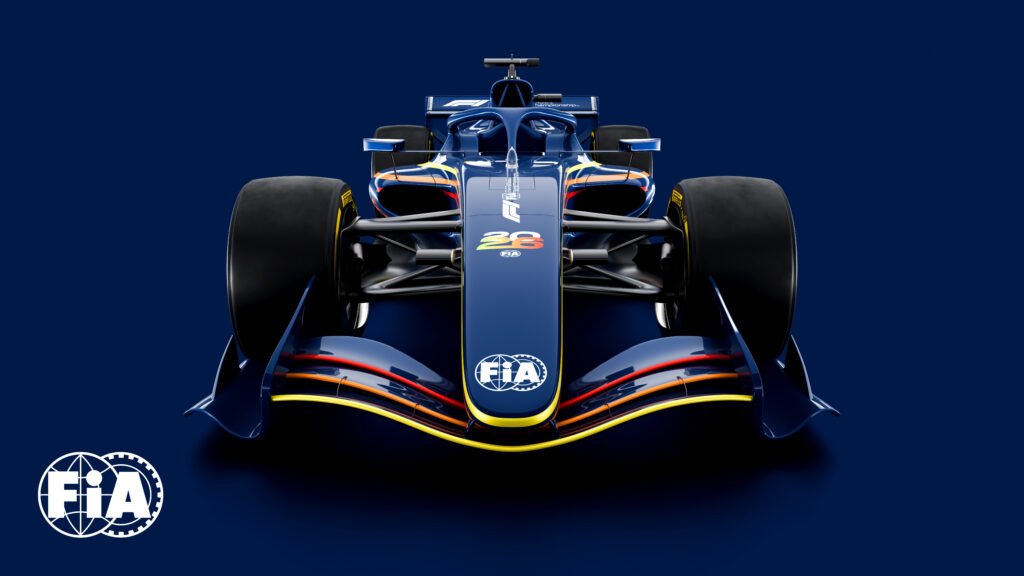
Technical Director Insights: FIA Single Seater Technical Director Nikolas Tombazis stated that these regulations are designed to develop a new generation of cars that remain true to the DNA of Formula 1—light, fast, agile, and technologically advanced. He emphasized the goal of creating “nimble” cars that are more dynamic and focused on driver skill. The introduction of active aerodynamics and the Manual Override system for battery power will significantly enhance the racing experience.
FIA President’s Vision: FIA President Mohammed Ben Sulayem highlighted the collaborative effort with Formula 1, the teams, and stakeholders in crafting these regulations. He stressed the importance of making the championship more relevant and attractive, with a focus on advanced sustainability technology and safety. The new power units and chassis regulations are designed to improve racing and appeal to manufacturers, OEMs, and competitors alike.
The 2026 regulations, set to be ratified by the World Motor Sport Council on June 28, represent a significant step towards a more exciting, sustainable, and safe future for Formula 1. The FIA’s commitment to innovation and sustainability ensures that the sport remains at the forefront of motorsport technology and competition.

